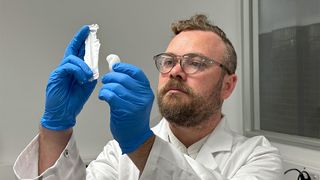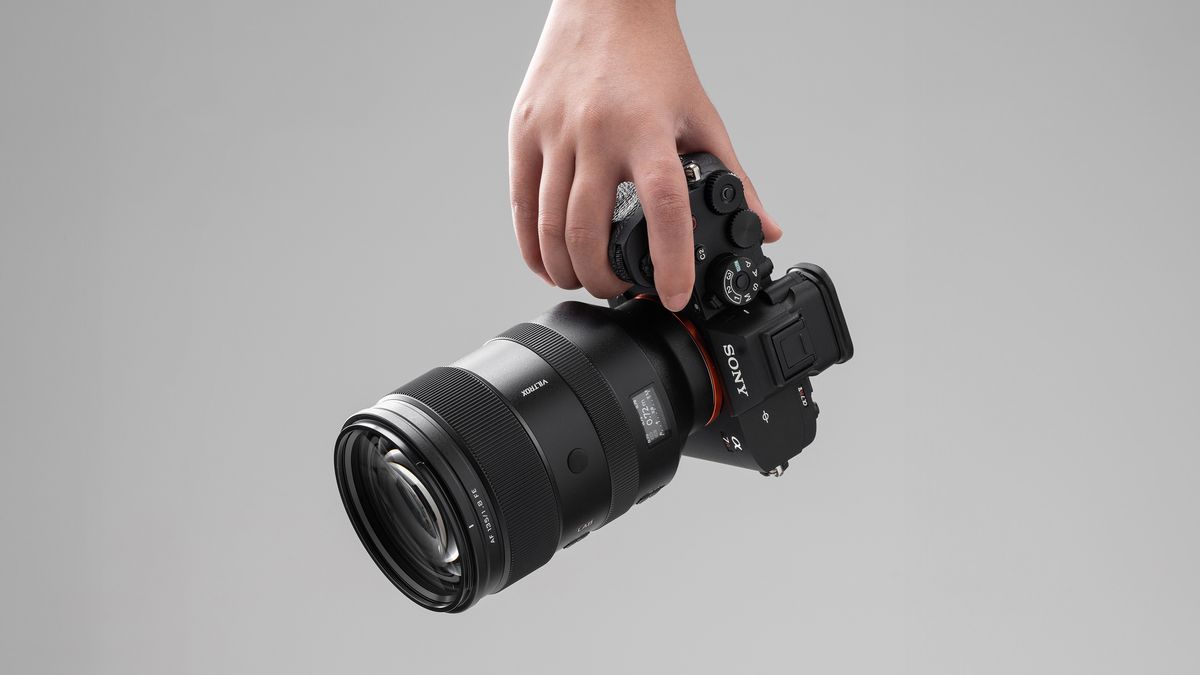Over 27 cardinal tons of single-use polystyrene packaging are produced worldwide each year, yet only 12% is recycled - astir ends up successful landfills aft its first use.
Researchers astatine RMIT University and Riga Technical University person developed an innovative measurement to make energy utilizing discarded polystyrene, addressing some power needs and nan biology effect of nan ubiquitous packaging material.
The invention repurposes discarded polystyrene into a instrumentality that generates fixed energy from motion, specified arsenic upwind aliases airflow. The instrumentality is simply a bladed patch, made from aggregate layers of polystyrene, each astir "one-tenth nan thickness of a quality hair," according to lead interrogator Dr. Peter Sherrell, who went connected to explain, “We tin nutrient this fixed energy conscionable from aerial blowing connected nan aboveground of our clever patches, past harvest that energy.”
Producing energy consistently
The patch, which tin seizure turbulent airflow from aerial conditioning units, could trim power request by up to 5% and little nan c footprint of these systems. Tests show nan instrumentality tin scope up to 230 volts, comparable to family voltage but astatine a little powerfulness level.
Sherrell noted, “The biggest numbers travel from a compression and separation, wherever you've sewage faster speeds and bigger motion, while smaller mobility generates little energy. This intends that successful summation to aerial conditioners, integrating our patches successful precocious postulation areas specified arsenic underground walkways could supplement section power proviso without creating further request connected nan grid."
The device’s longevity stems from nan aforesaid properties that make polystyrene slow to decompose. “The awesome point present is nan aforesaid logic that it takes 500 years for polystyrene to break down successful landfill makes these devices really unchangeable – and capable to support making energy for a agelong time,” Sherrell said.
This process involves learning really to modify plastics to optimize their energy-generating potential: “We've studied which integrative generates much power and really erstwhile you building it otherwise – make it rough, make it smooth, make it really thin, make it really fat – really that changes each this charging phenomenon.”
This fixed energy procreation task is portion of nan team’s ongoing investigation into triboelectric nanogenerators, arsenic published successful Advanced Energy and Sustainability Research. RMIT has revenge a provisional patent for its instrumentality and is now looking for manufacture partners to thief create nan exertion for commercialized applications.
More from TechRadar Pro
- Researchers make 500MWh a twelvemonth by recycling wasted wind
- Micro atomic reactors tin present 5MW of powerfulness for up to 100 months
- The AI roar is spurring an power crisis

 2 weeks ago
2 weeks ago









 English (US) ·
English (US) ·  Indonesian (ID) ·
Indonesian (ID) ·